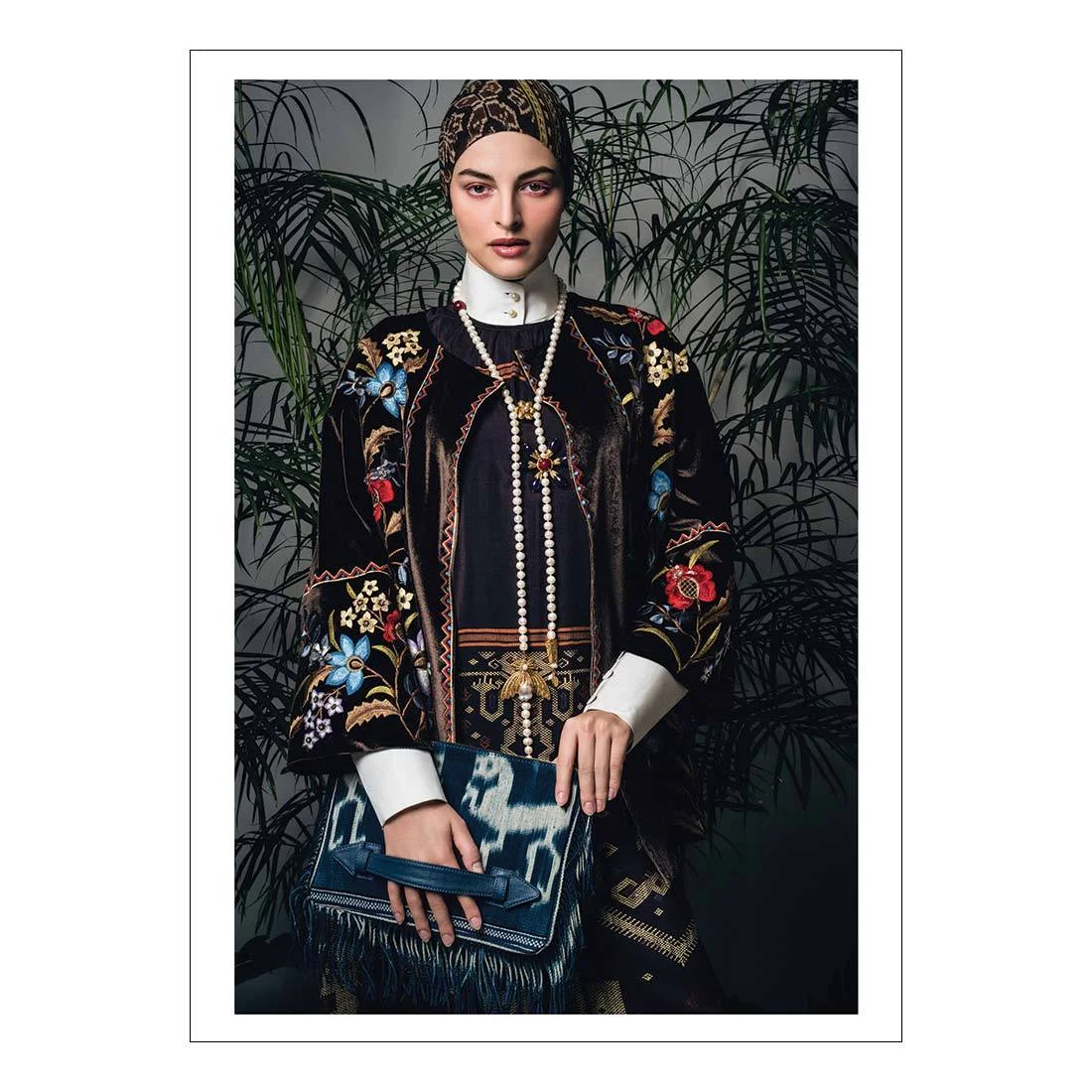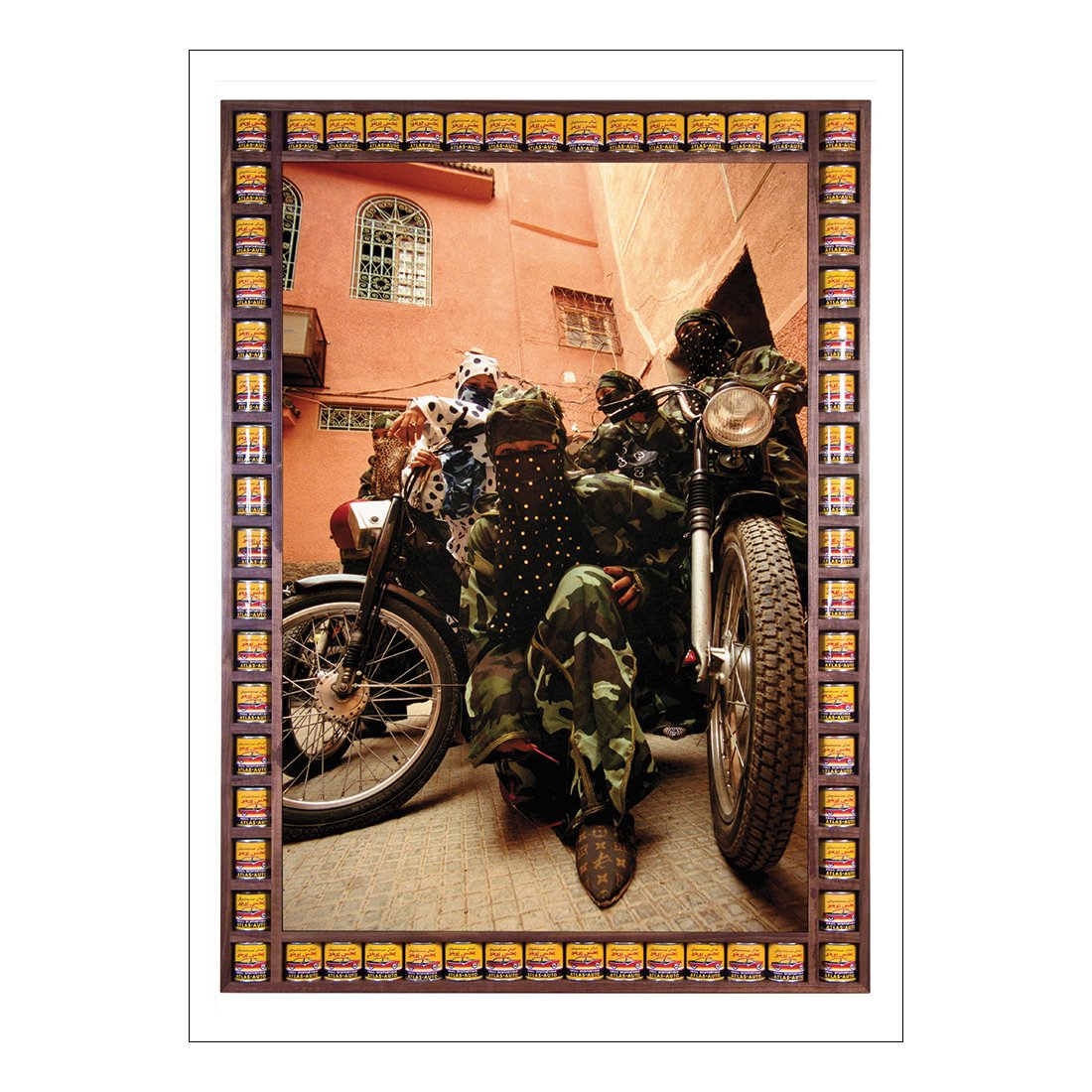De Young Museum's 'Contemporary Muslim Fashion' Exhibit Opens To Protests In Frankfurt
/San Francisco’s de Young museum presented a paradigm-busting show titled ‘Contemporary Muslim Fashions’ that opened September 22, 2018 and closed Januaryn 6, 2019. The exhibit challenged museum-goers to “explore the rich diversity of one of the fastest-growing fashion sectors today” — modest fashion.
In an examination of Muslim dress codes worldwide, trom those who cover their heads to those who do not, the exhibit sought to draw attention to contemporary Muslim life.
The exhibition was initially organized by Max Hollein, now director of the Metropolitan Museum of Art in New Yori. It traversed a multitude of religious interpretations, high-end luxury fashions and streetwear alike.
Writing for The Hollywood Reporter, Celine Semaan summarized AOC’s long-held position on this subject, words that were then featured on the exhibit’s website.
Ten years from now, we may look at “Contemporary Muslim Fashion” at the de Young Museum as a turning point in American history, where mainstream America, despite an angry minority, embraced its “others” at the highest institutions.”
AOC’s prior coverage of the San Francisco ‘Contemporary Muslim Fashions’ exhibit.
The exhibit has now moved to the Museum Angewandte Kunst in Frankfurt. artNet writes that there were protests weeks before the exhibition even opened. An unlikely alliance of second-wave feminists, the far right, and self-proclaimed secular immigrants gathered to protest the headscarf — or hijab — on view in several exhibits as “an instrument of oppression against women’. Condemning the show as “propaganda” for Islamism and a “blast” against feminists, a small group protested “what they deemed a glorification of an oppressive tool and interrupted the opening ceremonies with an attempted slutwalk” at last week’s opening ceremony.
"This exhibition, which supposedly depicts religious dress requirements as fashion, is a slap in the face of domestic and foreign women's rights activists," says a group letter published by feminist magazine ‘Emma’. The group, composed of Iranian refugees, also reminds people that "Every year, thousands of women in Iran are punished for violating this dress code."
In a brief but articulate interview about the Frankfurt show, museum diredctor Matthias Wagner K explains how political fashion can be.
I share the opinion of the exhibitionʹs initiator Max Hollein, who holds fashion to be the exalted expression of a cultural state. The show does not ignore the issue of women's rights. On the contrary, there are many photographs and contributions by women artists such as Shirin Neshat that explicitly address the oppression of women who, if they resist these dress codes, have to fear for their lives or for their well-being.
Not one exhibit included in the show references such dress codes. You wonʹt find a single burka. And any references to burkas are couched in critical, artistic contributions or street photography. On the contrary, the exhibition shows a lot of young women who dress very self-confidently and self-determinedly in modest fashion, with hijab or not. What we are presenting is a completely new image of Muslim woman which has nothing to do with the conventional stereotypes. “
Somewhat annoyed with all the protest and criticism from people who hadn’t even seen the show, Wagner K told artnet News “I understand if criticism comes from Iranian and Arabic women because of their personal experiences with restrictive dress codes. But this is not the case for all countries with Muslim populations and minorities. The exhibition explores the interpretations of fashion by Muslim women all over the world that may be rooted in religious traditions, but change constantly,”
Max Hollein , the show’s creator had extensive museum director’s experience in Germany before moving to the de Young position in San Francisco and now the Met. His goal was to upset the idea that “Muslim clothing was forced onto oppressed Muslim women. His goal was to highlight the diversity of these modest fashions, and if nothing else, the show at least kicked off another widespread debate. But it’s also done more than that, by offering an disruption of prejudices about Muslim lifestyles—and that accomplishment is desperately needed in times of rising Islamophobia”, writes artNet.




